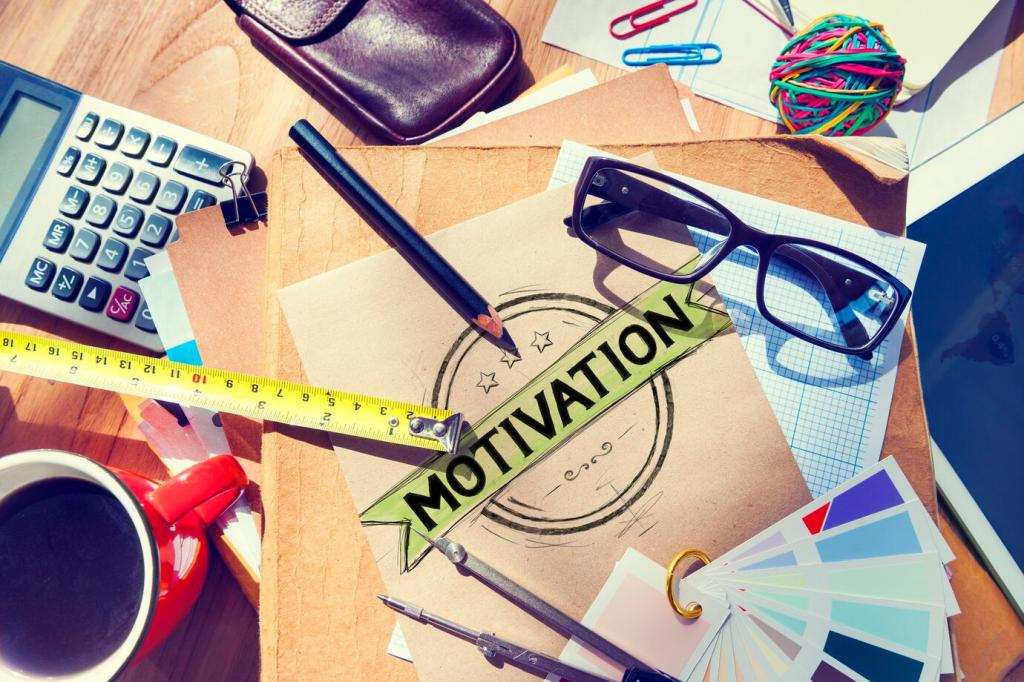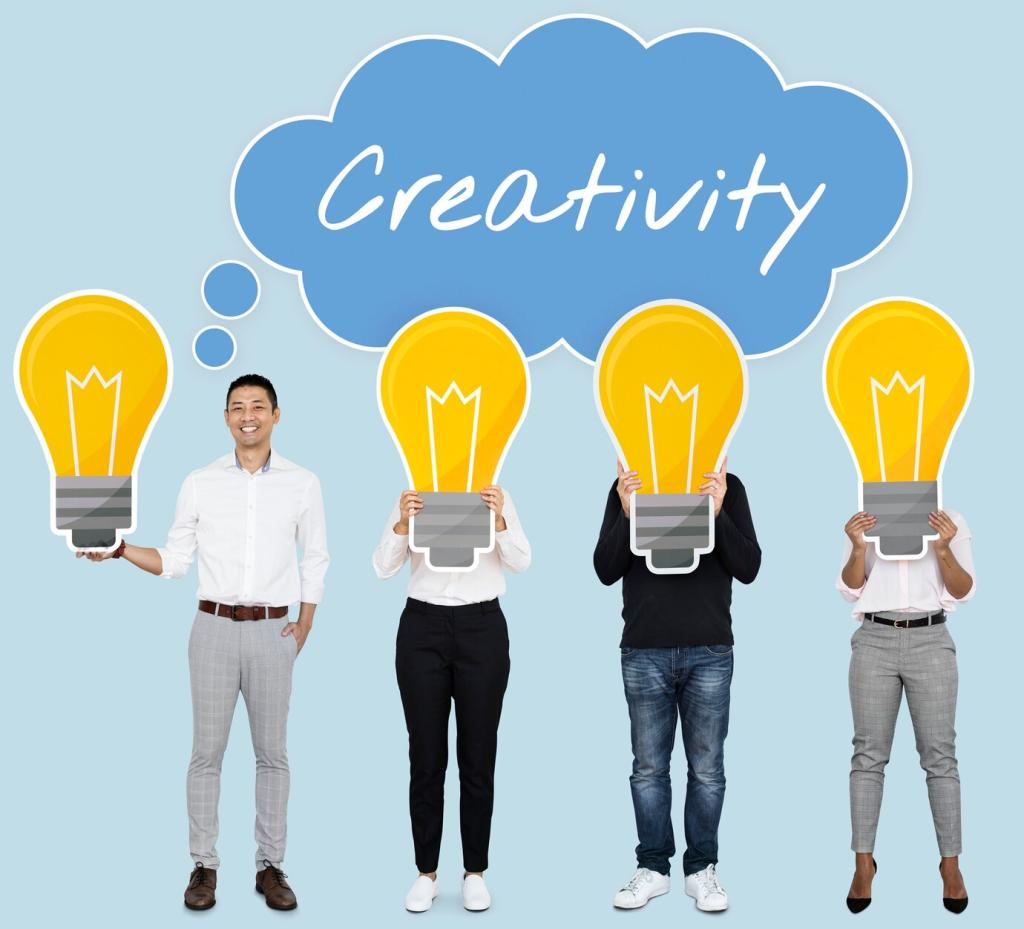Balancing Artistic Vision and Professional Advancement in Exterior Design
Chosen theme: Balancing Artistic Vision and Professional Advancement in Exterior Design. Welcome to a space where bold ideas meet real-world momentum—where facades, streetscapes, and landscapes carry your signature while advancing your career with integrity. Read on, comment with your experiences, and subscribe for ongoing strategies shaped by practice and passion.

Why Balance Matters: Vision and Growth Must Coexist
Before sketching a facade rhythm or plaza geometry, articulate what your design must express, and why. Align that intent with site microclimate, culture, and codes. The clearer your compass, the easier it is to defend choices, secure stakeholder buy-in, and grow your professional standing without diluting your vision.
Why Balance Matters: Vision and Growth Must Coexist
On a coastal promenade project, a junior designer insisted on wind-responsive seating clusters and angled planting berms. The solution met safety codes, calmed gusts, and created playful pockets. The project later earned regional recognition, and the designer’s promotion followed naturally. Vision, validated by performance, powered career momentum.

Client Communication Without Compromise
Replace “I like corten” with “Weathering steel expresses time and context, complements the brick fabric, and reduces repaint cycles.” Purpose-driven language transforms subjective taste into strategic benefit. Clients champion ideas when they understand how aesthetics protect budgets, brand, and neighborhood character.
Bring quick mockups to meetings: daylight studies, 1:20 facade corners, or VR street views. When a stakeholder pushes back, test variations together. Co-creating alternatives preserves intent while revealing trade-offs. This shared discovery builds trust, wins approvals faster, and positions you as a generous, decisive collaborator.
Maintain a concise decision log: the issue, explored options, selected path, and rationale. Screenshot markups. Date everything. When a late-stage change threatens spatial quality, you’ll have a traceable story to defend critical moves. This habit protects your concept and demonstrates mature project governance.

Codes, Budgets, and Sustainability as Creative Fuel
Make Codes Visible and Beautiful
Turn guardrail rules into sculptural edge conditions, integrate tactile paving into a graphic plaza language, or celebrate egress lighting as ambient wayfinding. When compliance becomes craft, you honor safety while strengthening narrative. Jurors and clients remember the designer who made the rule look inevitable and inspired.
Budget-Smart Materiality
Lean on local stone offcuts, modular precast, or reclaimed brick to stretch resources without sacrificing character. Prototype joints and finishes early to avoid surprises. Frugality can sharpen concepts, and stewardship resonates with communities, positioning you as a thoughtful designer worthy of long-term partnerships and leadership roles.
Sustainability as Career Capital
Pursue performance holistically: shade trees aligned with wind patterns, permeable paving tuned to soil capacity, and light color temperatures mindful of ecology. Document results in clear visuals. Expertise in outcomes-focused sustainability builds trust, invites speaking opportunities, and differentiates your portfolio with substance that endures.
Networking, Mentorship, and Thought Leadership
Seek mentors across disciplines—landscape architects, lighting designers, and civil engineers. Ask about their best exterior detail and why it works. Later, mentor someone else. Teaching clarifies your philosophy and expands your circle, often leading to collaborations where your creative intent sets the project tone.
Workflow Mastery: Tools, Time, and Teams
01
Use parametric modeling to test shading rhythms, GIS to analyze pedestrian desire lines, and VR to gauge nighttime comfort. But sketch first. Let tools serve questions, not lead them. This discipline keeps soul in the work while showcasing technical fluency that employers and clients respect.
02
Break phases into focused sprints: site reading, concept alternatives, proof-of-performance, and refinement. End each with a decision gate and a one-page summary. This rhythm accelerates alignment, reduces rework, and preserves time for artistry precisely when the project needs its boldest, clearest moves.
03
Invite structural, lighting, and planting partners early. A facade screen might double as a habitat lattice; a drain line could trace a playful path. When disciplines converge, solutions become layered and memorable. Your leadership in orchestration becomes visible, distinguishing you as a designer ready for the next step.


Landing the Right Projects: Proposals and Positioning
Open proposals with a one-paragraph manifesto: your approach to climate, culture, and craft in exterior work. Illustrate with a concise case that mirrors the client’s challenge. Clear positioning attracts clients who appreciate your artistry and sets the tone for respectful, visionary collaboration.
Landing the Right Projects: Proposals and Positioning
Translate design moves into outcomes clients can feel: improved wayfinding, cooler microclimates, safer edges, and lively evening atmospheres. Use short bullets and visuals. When benefits are obvious, discussions stay strategic, and you advance not only the commission but your reputation as a reliable, inspired partner.



